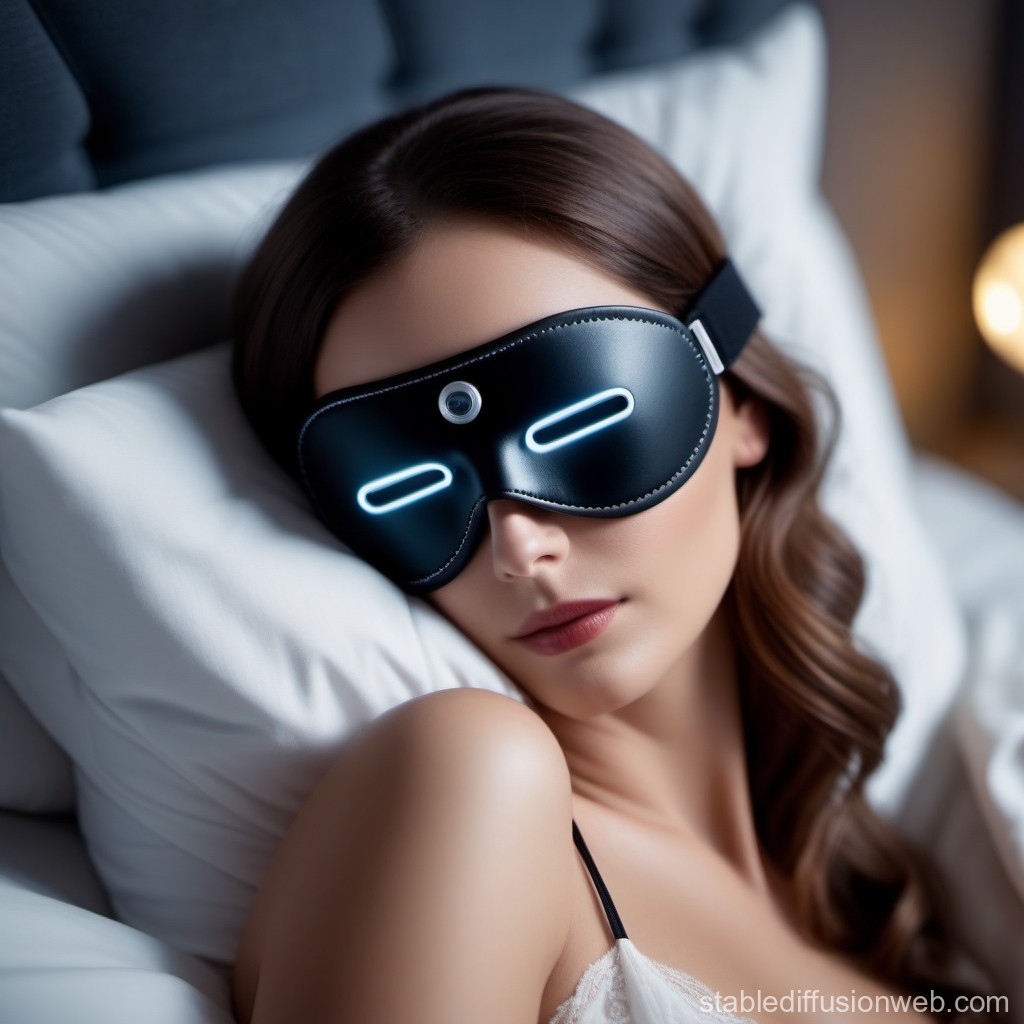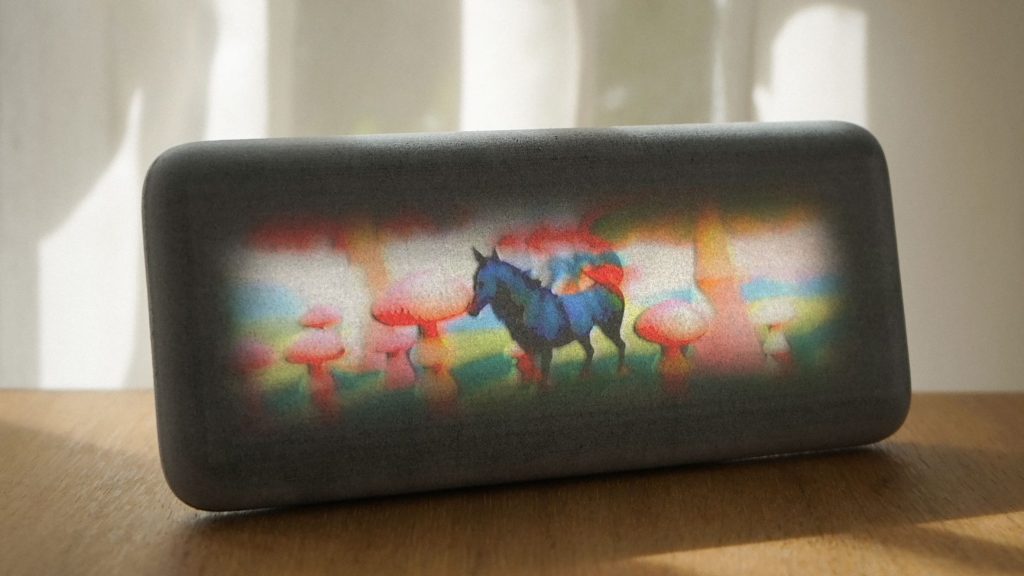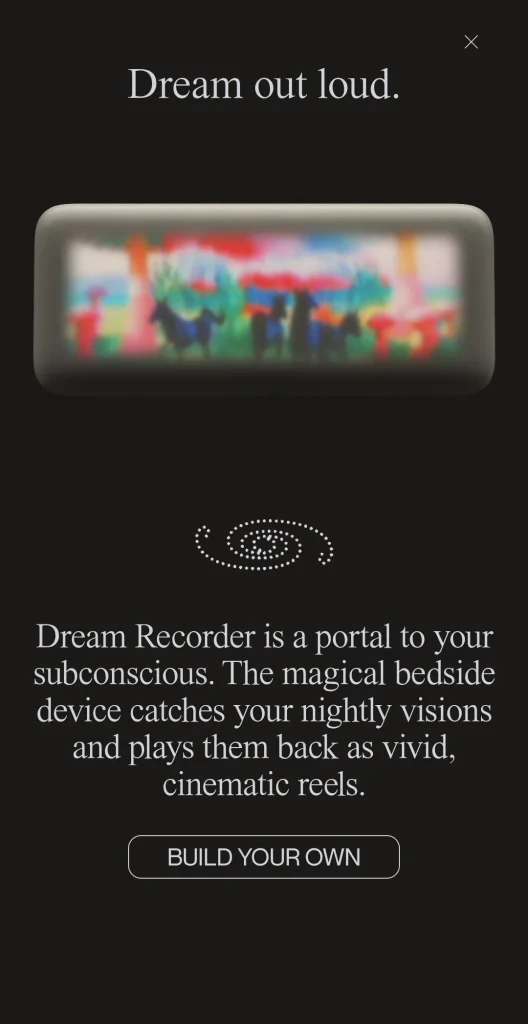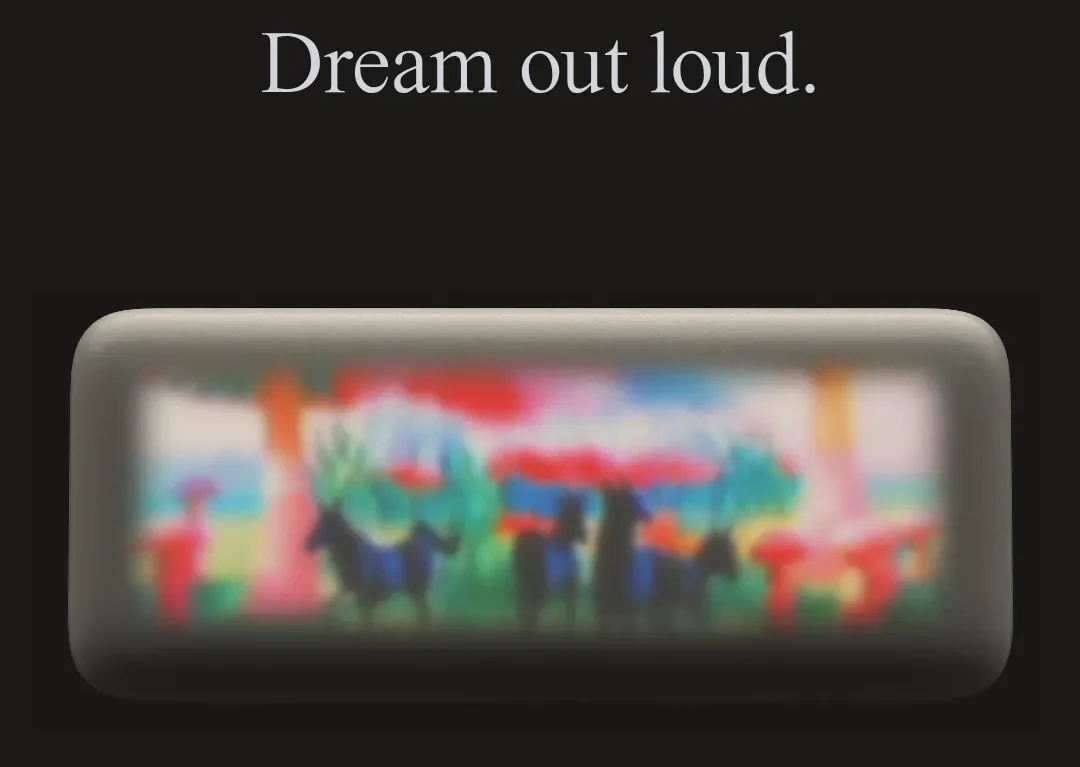This Clever AI-Powered “Dream Recorder” Hears Your Dream and Shows It Back to You as a Lo-Fi Mini Movie
I’ve always been fascinated by dreams. You know that moment when you wake up, heart pounding, clutching that dream… and then suddenly it slips away. All you’re left with are scattered fragments—flashes of faces, odd colors, impossible places. It feels like trying to hold water in your hands. But what if you could capture that fleeting story and watch it play out like a film?
That’s exactly what a new creation from the Dutch design studio Modem promises. They call it the Dream Recorder, and it’s unlike anything I’ve seen before. It’s not an app that clutters your phone. It’s a small, physical bedside device. You wake up, press a button, and speak your dream out loud. No fumbling for a notebook, no racing against the fading memory. Just your voice and the story you remember. Then, the magic happens.

Your recorded words are sent through an AI-powered visual generator, which interprets your description and transforms it into a short, moving scene. The result isn’t a perfect copy of your dream—it’s something even more fitting. Low-resolution, impressionistic visuals that look and feel exactly like dreams do in your memory: soft around the edges, shifting colors, slightly surreal. The artist Alexis Jamet helped shape the aesthetic so each dream feels like a poetic, hazy memory rather than a literal reconstruction. It’s dreamlike on purpose.
What I love is that it doesn’t try to be slick or hyper-realistic. The lo-fi style feels right for something as personal and intangible as a dream. The videos are brief, almost like a cinematic haiku, and you can even choose different styles for your dreamscape. There’s a limit too—only seven dreams stored at a time, with each new recording gently erasing the oldest, just like our minds naturally let go of older dreams.

Here’s the part that really got me: this isn’t a polished consumer product. Modem made the entire project open-source. They put the plans, code, and instructions on GitHub so anyone can make their own with basic tools like a Raspberry Pi, a microphone, and a 3D-printed case. No soldering skills required. The intention isn’t to sell you another gadget—it’s to inspire people to interact with technology in a slower, more mindful way.
Co-founder Bas van de Poel described it perfectly: “For the first time, we have tools capable of giving shape to the subconscious, turning the invisible into something we can see.” It’s not mind-reading. The AI isn’t scanning your brain while you sleep. It simply listens to your retelling and uses its trained understanding of images and cinematic elements to craft a scene that reflects the mood and symbols you describe. Faces are often blurred, and details are left imperfect intentionally, because the point isn’t accuracy—it’s capturing the feeling.
Seeing your dream replayed the next morning is a strangely emotional experience. It’s not like watching a blockbuster or a polished YouTube clip. It’s slower, softer. You can feel the quiet weight of a moment you almost lost. There’s something deeply human about that. In a world where tech is often about speed, consumption, and endless notifications, this feels like the opposite—an invitation to pause and look inward.

The Dream Recorder makes me think about how technology could serve us differently. Instead of trying to replace human imagination or compete with it, it complements it. It gives form to something that would otherwise disappear forever. Even if you never build one yourself, just knowing something like this exists changes how you think about dreams. They’re no longer just random nighttime brain activity—they’re tiny stories worth preserving.
I can imagine artists using it for inspiration, therapists using it for dream analysis, or friends sharing their night visions as little works of art. And while it’s still niche and DIY, the concept hints at a future where we treat our inner worlds with as much curiosity and care as our waking lives.
Dreams are still going to slip away. That’s just what they do. But now there’s a way to hold onto them just a little longer—to see them, to feel them again, and maybe to understand yourself a bit better in the process. I think that’s a kind of magic worth keeping by the bedside.

